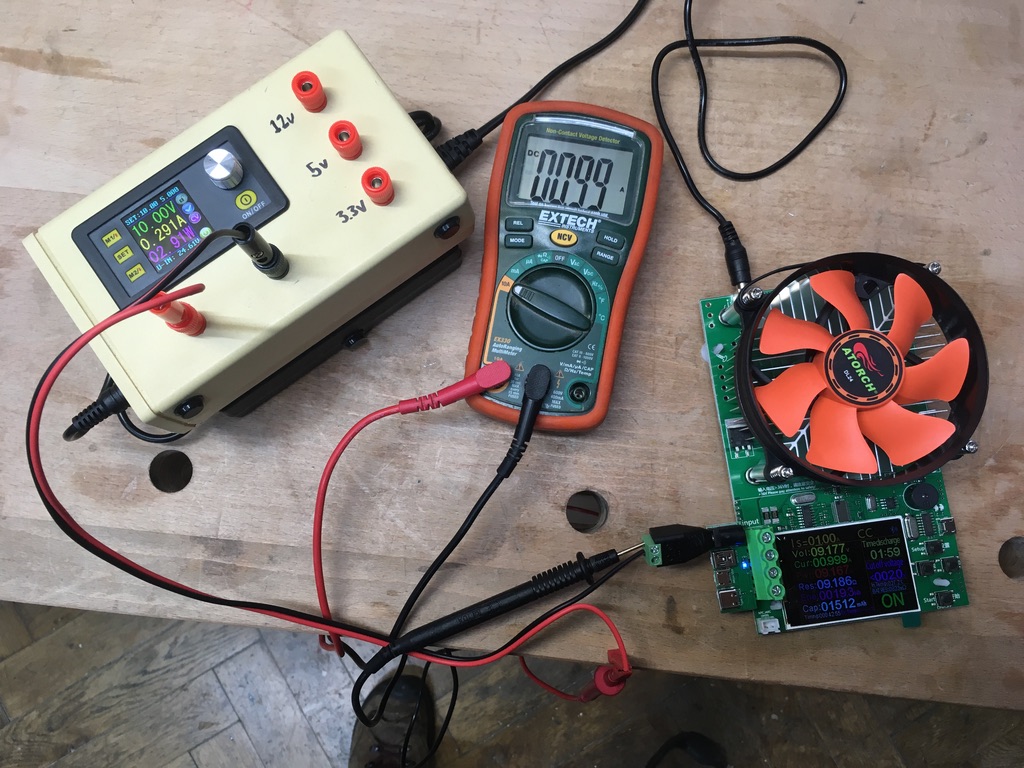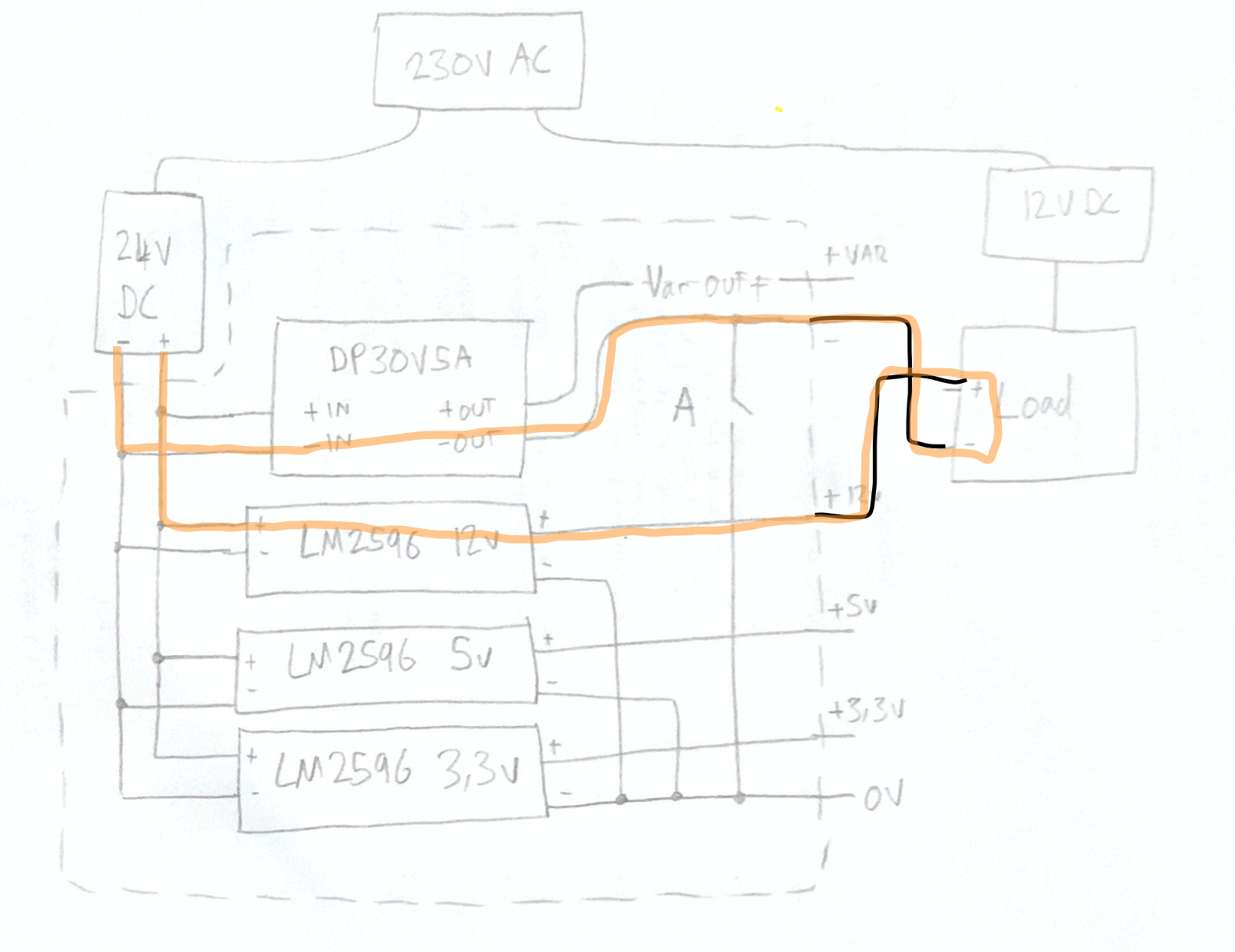It appears that the popular Riden/Ruideng/RD Tech DP/DPS/DPH series power supplies use low-side current sensing, which can lead to some unexpected (and potentially destructive) behaviour in a situation where you have multiple unisolated power rails.
For example, I put together a little box with a DP30V5A providing a variable, current-limited rail, and three LM2595 modules providing fixed 12v, 5v and 3.3v rails. As none of these supplies are isolated, and can therefore not be used to provide negative rails, I tied all their 0V outputs together. This led to the DP30V5A reporting a completely false current consumption of about 33% of the measured value.

After sketching everything out, it became obvious that this was due to the low-side current sense resistor only seeing some of the current flow, and the rest flowing through the unused LM2596 modules (the switch A represents the internal connection between the DP30V5A 0V and the fixed rail 0V)

Disconnecting the 0V rails and providing a separate 0V binding point for the fixed rails fixed this issue, and I’ll just have to keep in mind that if I want to use multiple rails from this mini PSU in the same circuit, I can’t trust the DP30V5A current reading and have to set its maximum current to about 33% of the desired value. Otherwise, the software overcurrent protection can’t function correctly, and there’s a risk of damaging both the module and the circut under test.
An amusing side effect of this setup is that the DP30V5A low side current sensing can be used for the fixed rails! I doubt I’ll ever encounter a situation where this is useful though.

More about high and low side current sensing in this AAC article